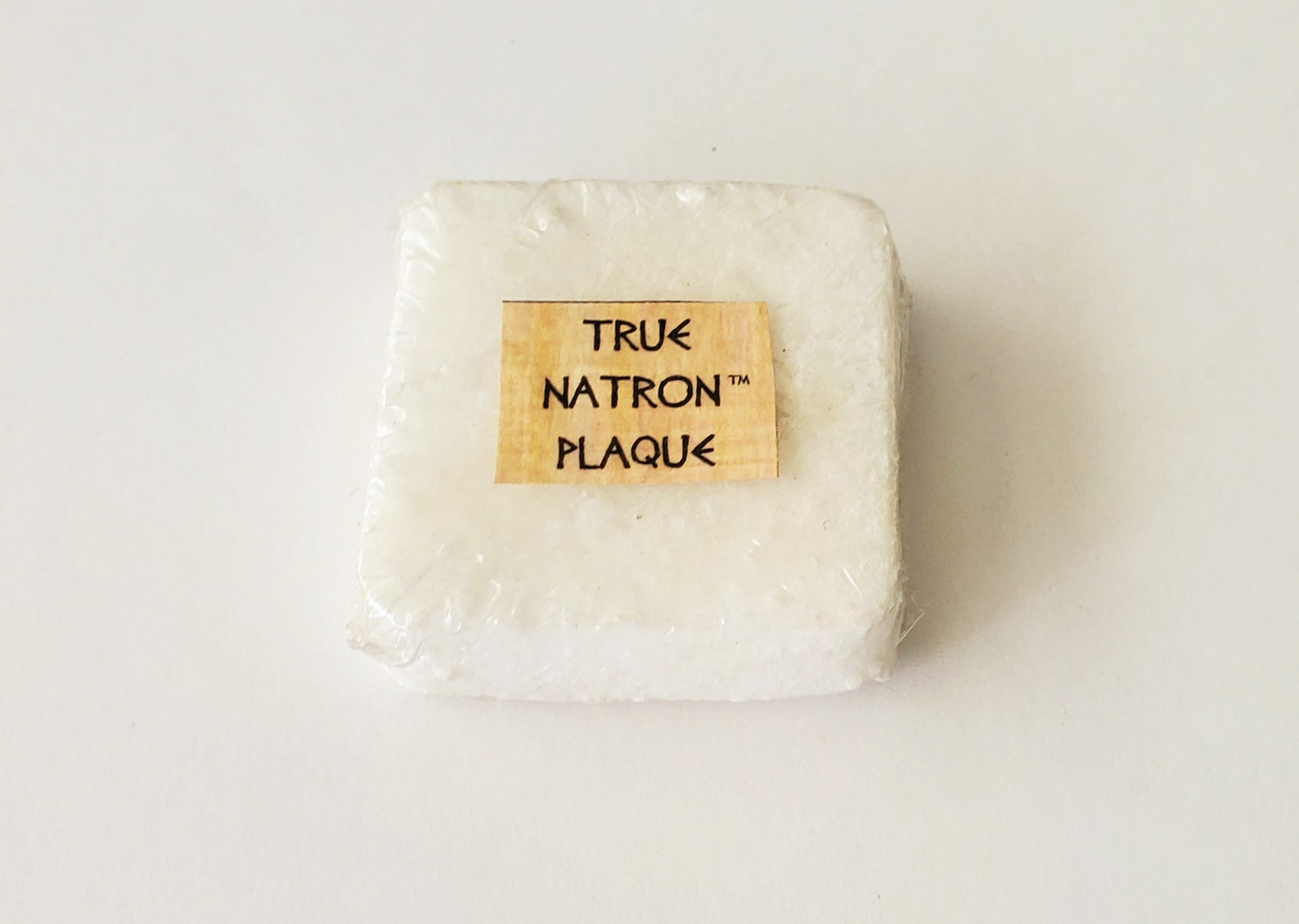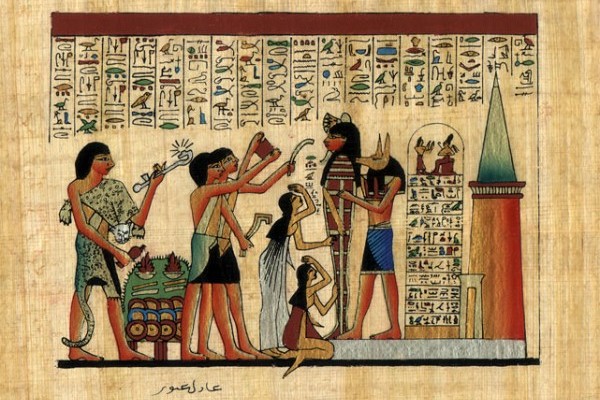


Sodium ions are the major cation in the extracellular fluid (ECF) and as such are the major contributor to the ECF osmotic pressure, and thus ECF compartment volume. Sodium is an essential element for all animals and some plants. Many sodium compounds are useful, such as sodium hydroxide ( lye) for soap-making and sodium chloride for use as a de-icing agent and a nutrient ( edible salt). Sodium was first isolated by Humphry Davy in 1807 by the electrolysis of sodium hydroxide.

Many salts of sodium are highly water-soluble: sodium ions have been leached by the action of water from the earth's minerals over eons, so that sodium (and chlorine) are the most common dissolved elements by weight in the oceans. Sodium is the sixth most abundant element in the Earth's crust, and exists in numerous minerals such as feldspars, sodalite and rock salt (NaCl). The free metal does not occur in nature, but instead must be prepared from its compounds. In the Periodic table it is in column 1 ( alkali metals), and shares with the other six elements in that column that it has a single electron in its outer shell, which it readily donates, creating a positively charged atom - a cation. It is a soft, silver-white, highly reactive metal. Sodium / ˈ s oʊ d i ə m/ is a chemical element with symbol Na (from Ancient Greek Νάτριο) and atomic number 11.


 0 kommentar(er)
0 kommentar(er)
